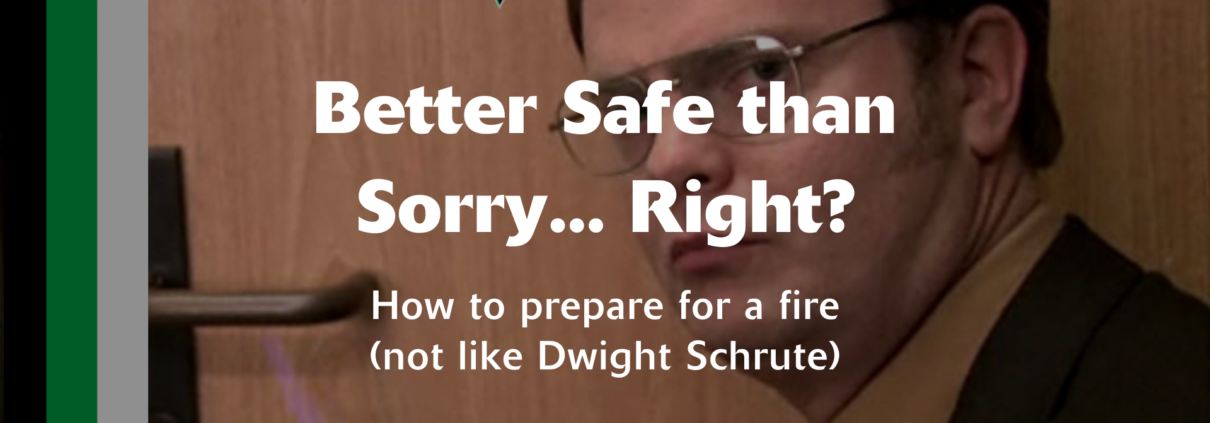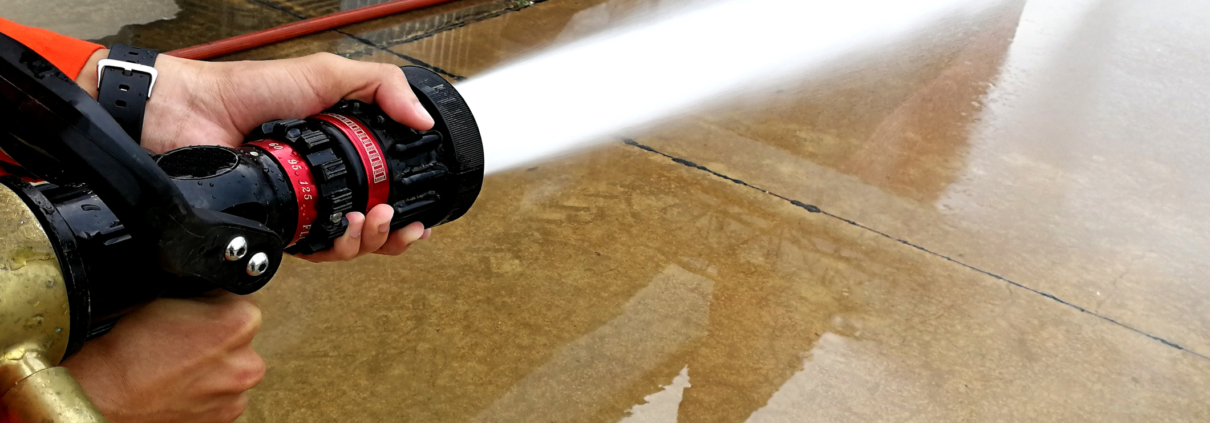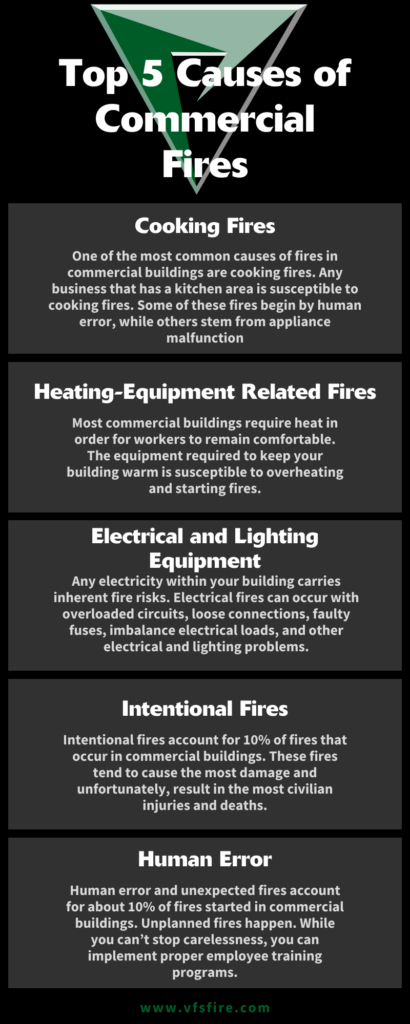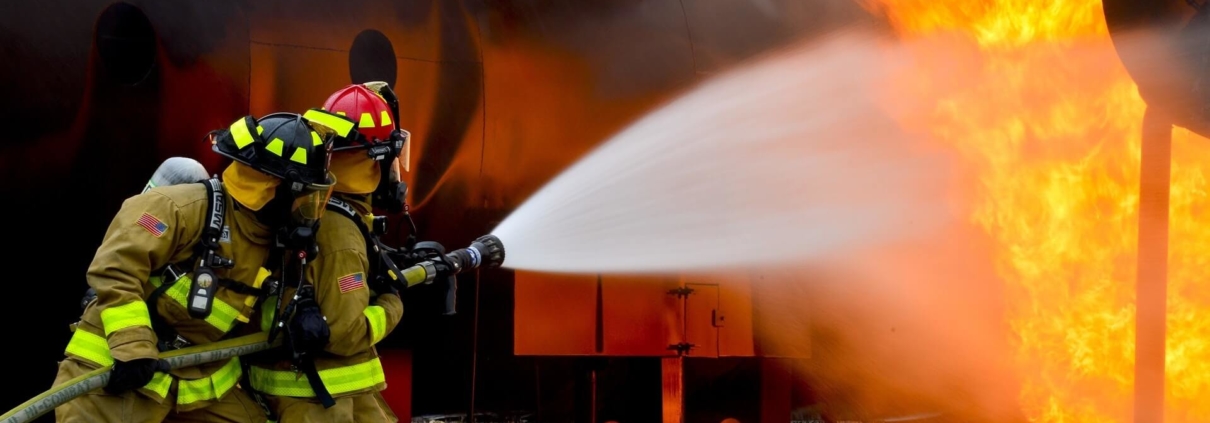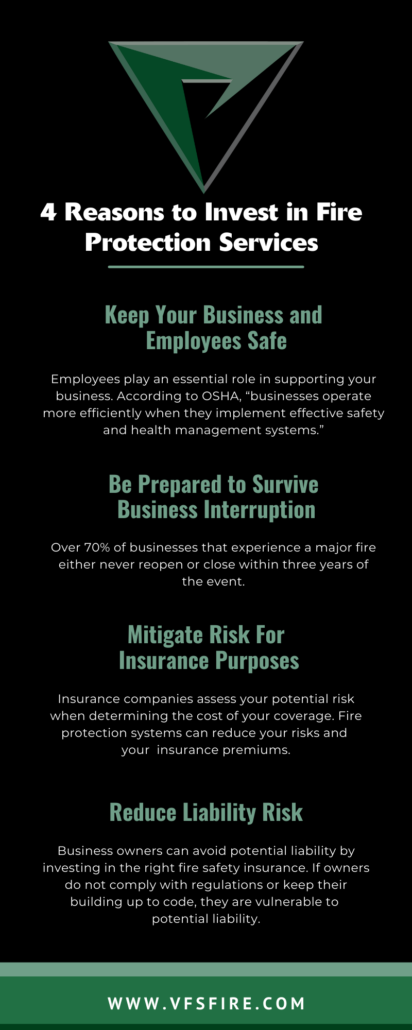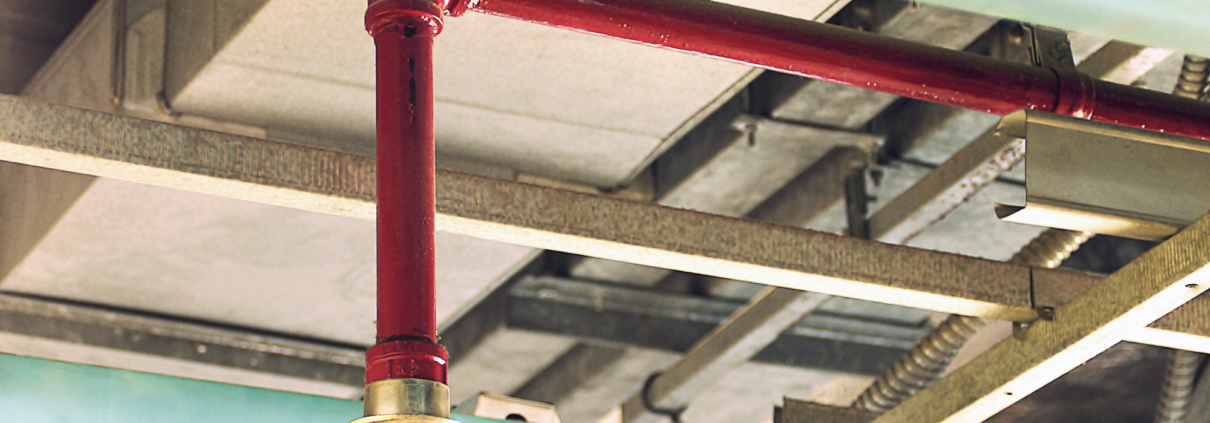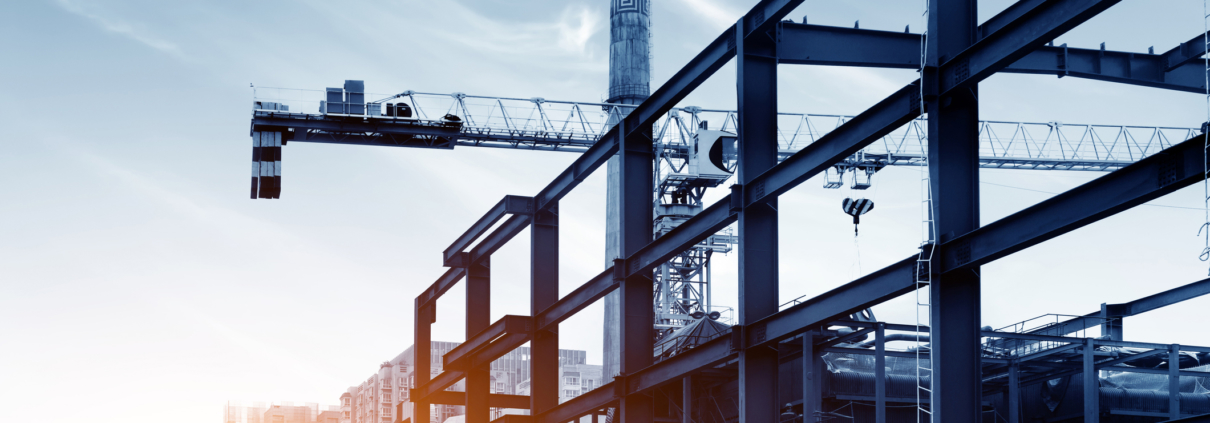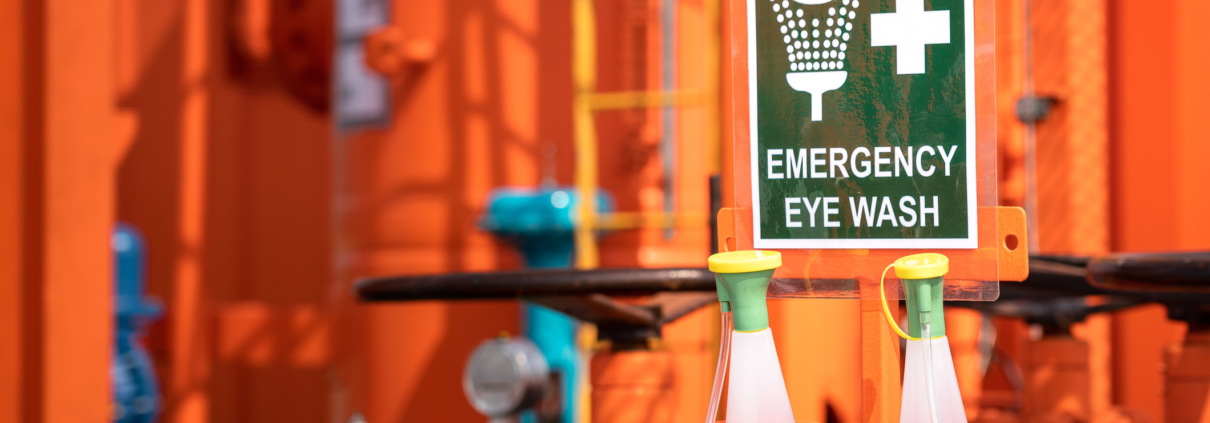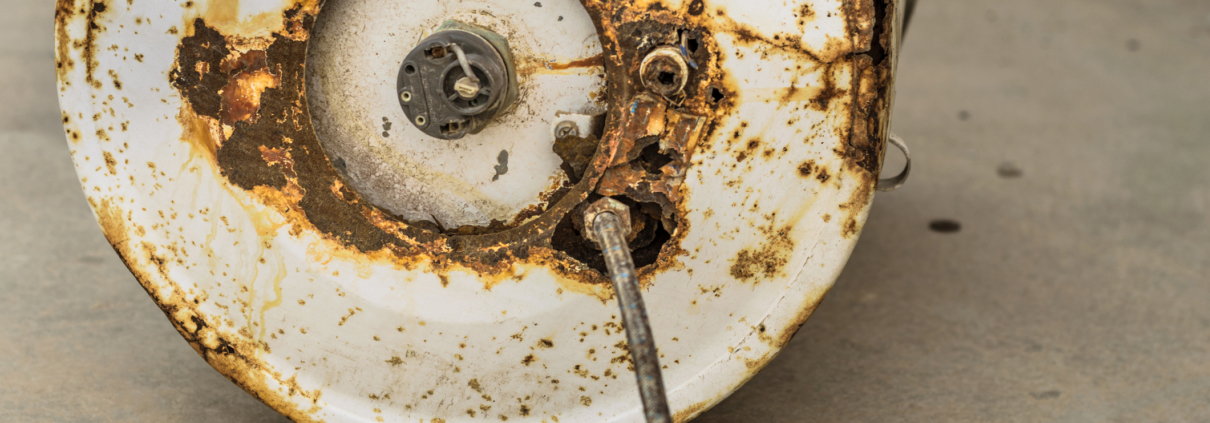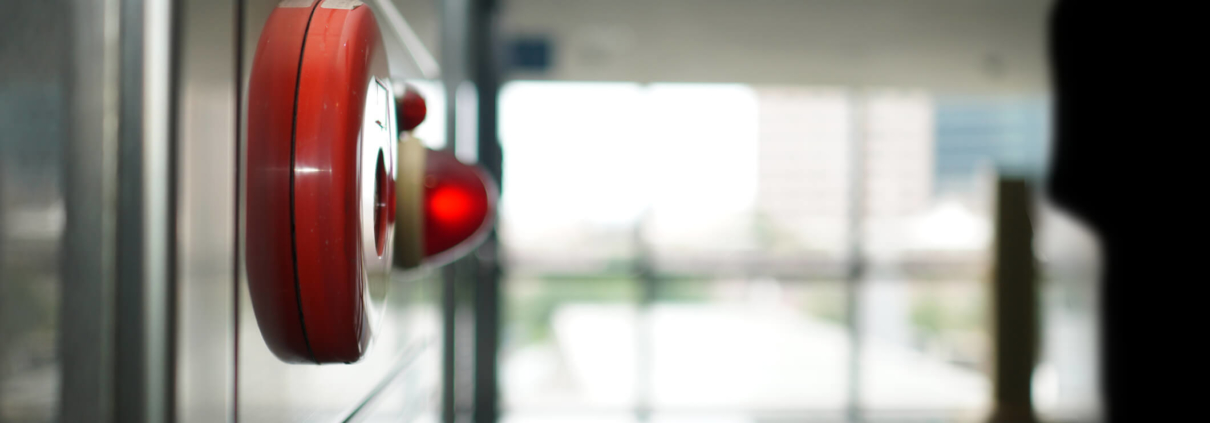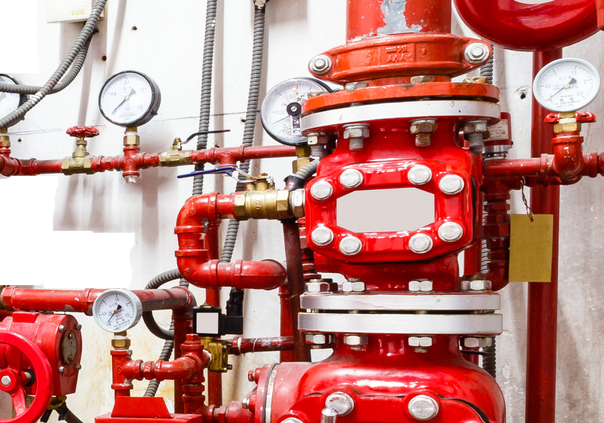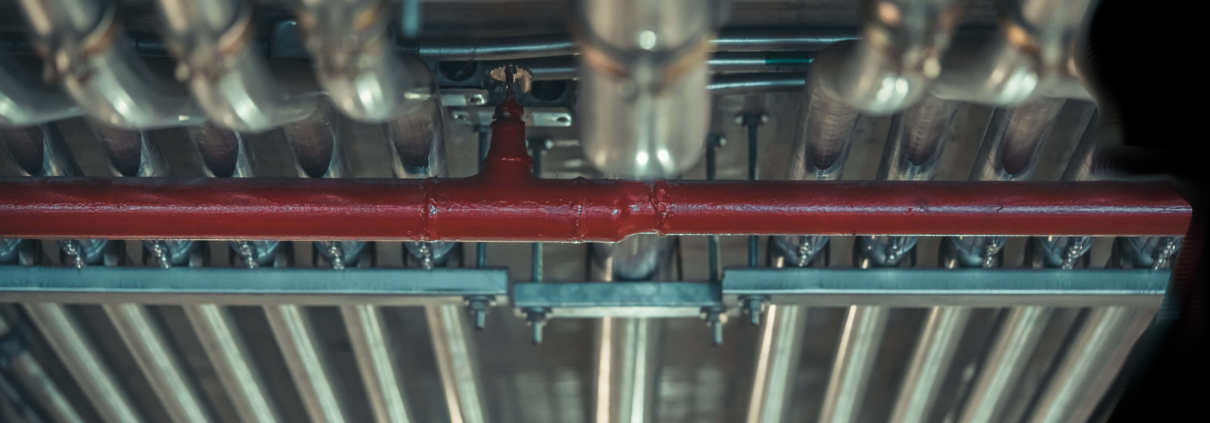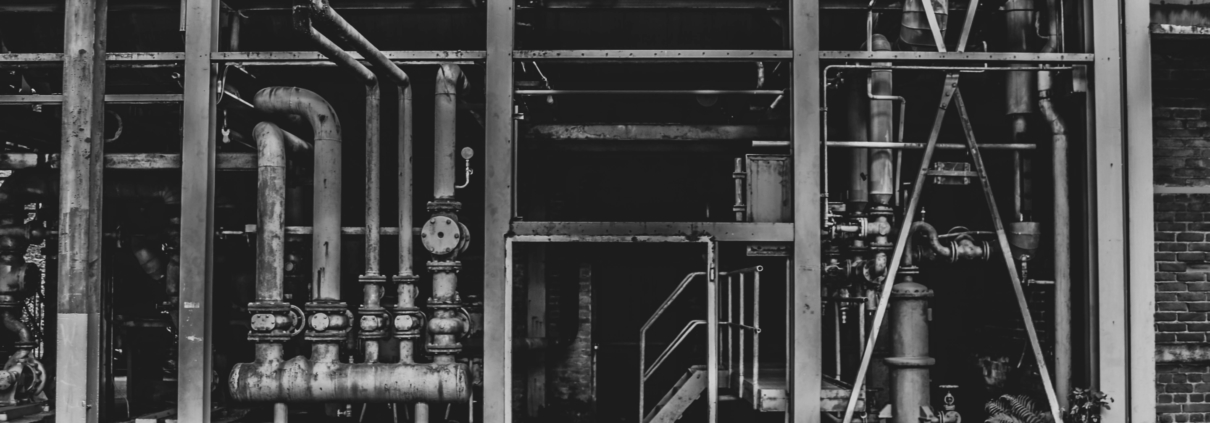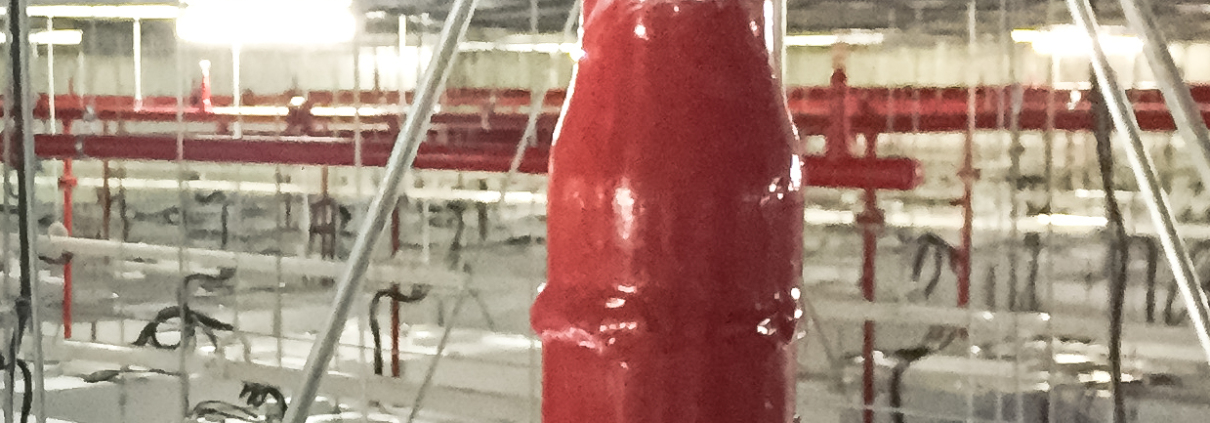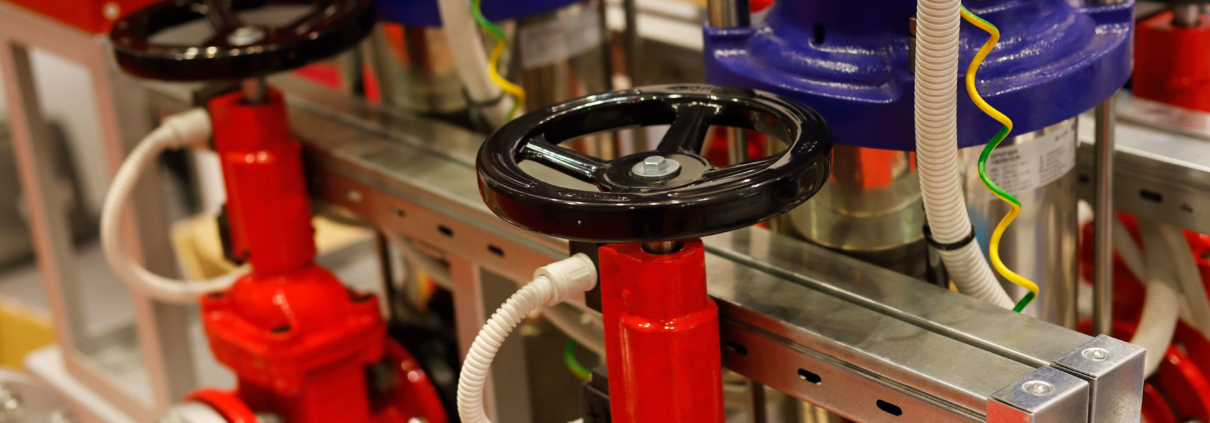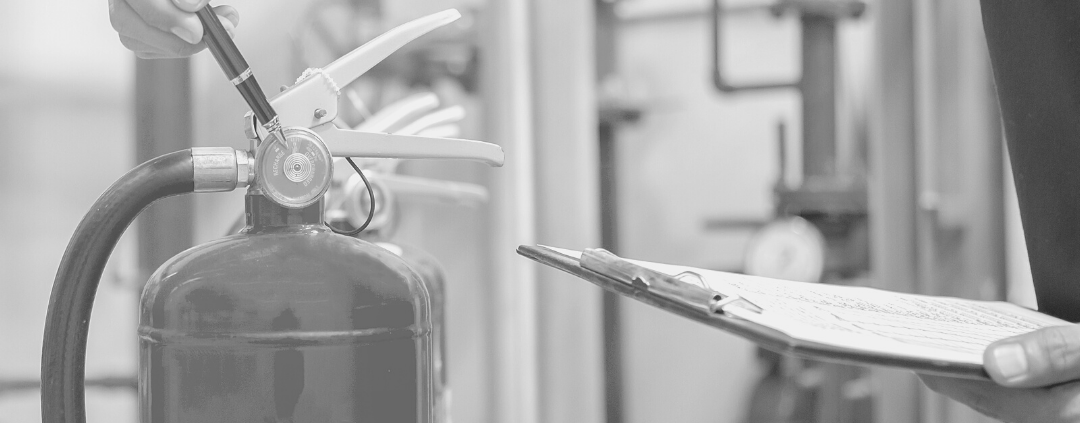Fire safety is important in the workplace– just like it is anywhere else. A well-developed and thought-out course of action can keep you and your peers from recreating Dwight Schrute’s fire safety preparedness plan. Let’s discuss how to properly prepare for a fire disaster.
Why do you need to prepare for potential office fires?
A fire in your commercial building isn’t something you expect to encounter on a Wednesday afternoon. If a fire breaks out, you don’t want to be caught unsure of what to do. Exhibit A– the entire fire episode “Stress Relief” from “The Office.”
On a serious note, fire damage is considered one of the most destructive elements to your commercial building because it can cause:
- Disruption of business activities
- Loss of business documents
- Damage to property
- Liability claims
- Injury
- And more
Not convinced? Here are a few statistics from 2017-2019 gathered by the U.S. Fire Administration on nonresidential building fires:
- 108,5000 nonresidential building fires were reported to U.S. fire departments each year
- Nonresidential fires caused over $2.8 billion in property loss
- These fires occur mostly during the hours of 2 pm – 7 pm
- The leading cause of nonresidential fires is cooking
Now that you know why you should prepare for potential office fires, let’s discuss the fire preparation measures that can help.
Fire Preparation Tips
In the wise words of Miguel De Cervantes, “To be prepared is half the victory.”
Here are a few tips on how to prepare in the event of a fire.
1. Take the proper precautions for your building.
Fire prevention programs and precautions are put in place to ensure your building remains safe in case something happens. No… we don’t mean lighting the door handles on fire or setting off smoke bombs throughout your office.
Here are some precautions you can take today.
- Control smoking materials and open flames
- Store flammable and combustible liquids safely
- Use electrical equipment correctly
- Perform housekeeping tasks regularly
- Purchase fire-safe furnishings and decor
- Maintain commercial kitchen exhaust systems
- Control special hazards
2. Fire Safety Education
Fire prevention relies on people knowing what to do when an emergency occurs. Fear and ambiguity are not a recipe for success, however, knowledge and preparedness are. While Dwight Schrute had good intentions for his fire safety education day, the way he went about employee education could use some work.
Educate your staff on the proper procedure if a fire occurs.
Safety plans can be explained through training, sent via email, and be posted on walls. When building a fire safety education program, include:
- How to identify and correct fire hazards
- A detailed office building evacuation plan
- How to use fire extinguishers
- Examples of recent fires to highlight the importance of fire safety
- Details of how to put out various types of fires, and when they are likely to occur
3. Implement Fire Protection and Life Safety systems
Fire protection shouldn’t be improvised. Put systems in place that protect the building, people, and items from fire hazards. These systems include fire alarm systems, fire suppression systems, and other building measures. There are both active and passive fire protection systems.
Active Fire Protection Systems
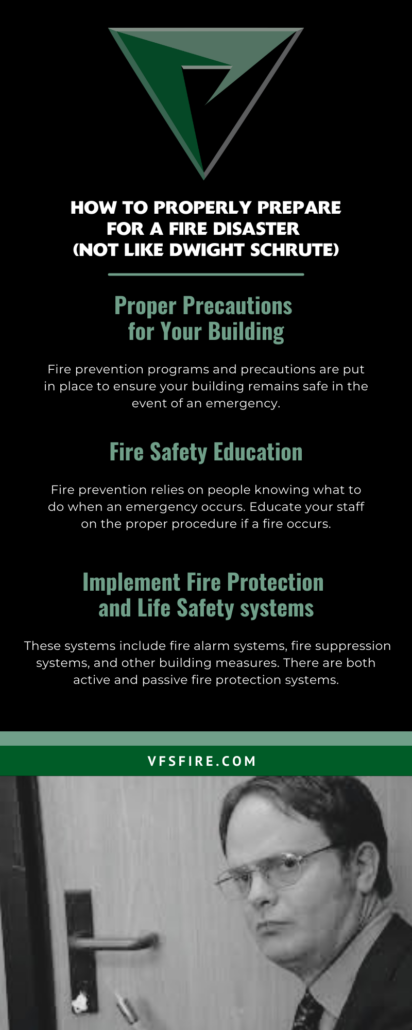
Active fire protection systems require some amount of action or motion to work efficiently. These systems can be manually operated, like a fire extinguisher, or automatic, like sprinkler systems.
Some of these systems include:
- Fire/smoke alarm systems
- Sprinkler Systems
- Fire extinguishers
- Sprinkler Systems
- Firefighters are also considered active fire protection
Passive Fire Protection Systems
Passive fire protection systems compartmentalize buildings to help prevent the spread of fire and smoke from one room to another. These systems help limit the amount of damage done to a building and give the occupants more time to evacuate.
Some of these systems include:
- Fire/smoke dampers
- Fire doors
- Firewalls/floors
Both active and passive fire protection systems can help keep your building and your employees safe from harm.
A Final Word
Your building’s fire preparation plan should be well thought out and organized in advance. By doing so, you help further pro
tect your staff, business materials, and the commercial building from the dangers of fire hazards. If we’re being honest, it’s much more fun to watch Dwight’s preparedness plan than to live it.
For more information on the difference between fire prevention and fire protection, read our article, here.


